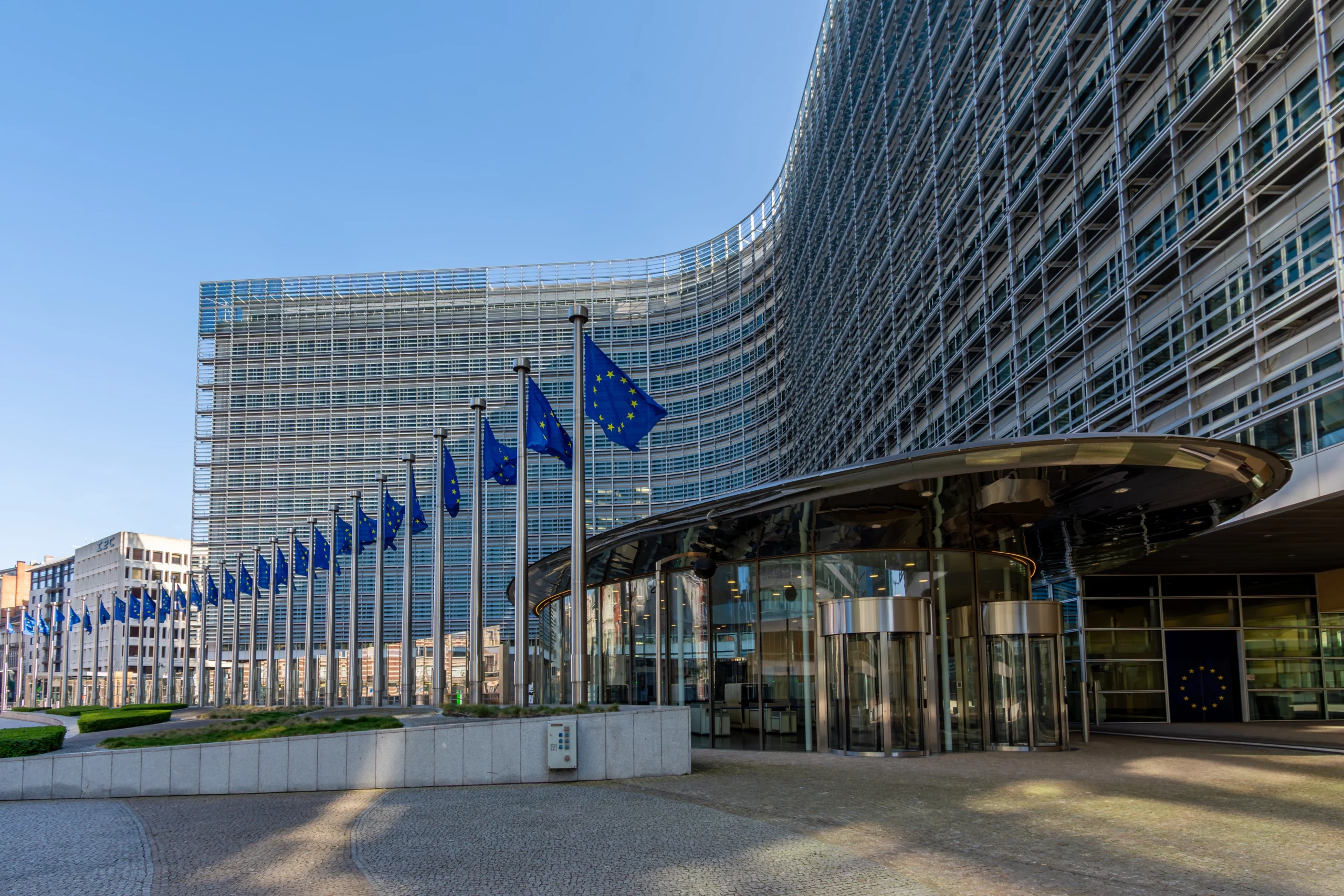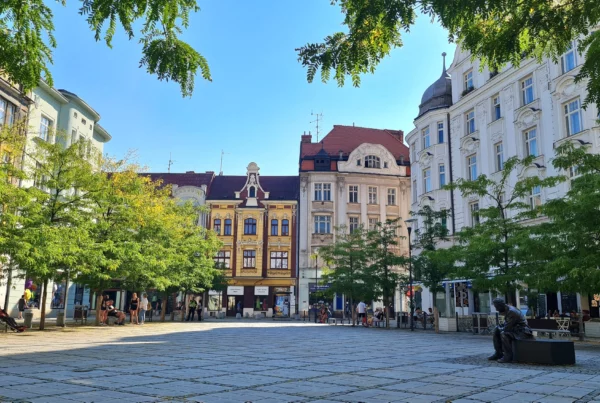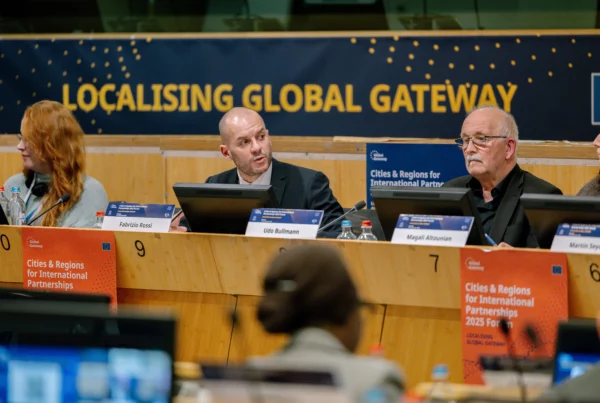Supporting local action through partnership, flexibility, and smarter EU policy
As Europe’s cities and towns face growing challenges, climate change, demographic shifts, and rising inequalities, an EU Urban Agenda can help better connect European policies to realities on the ground. But for it to succeed, it must be built with local and regional governments at its core.
In 2015, the Council of European Municipalities and Regions (CEMR) outlined key principles to guide this agenda: partnership across all levels of government, flexible tools for diverse local contexts, and a shift toward policies that empower action rather than add complexity.
What an effective EU Urban Agenda should include:
- Real partnership with local authorities
Local and regional governments must help shape EU policies and programmes that affect them. A working method, like the “partnership principle” used in cohesion policy, should apply across all relevant EU initiatives.
- Territorial impact assessments
EU policies should be tested for their effects on local areas before they are adopted. This helps ensure relevance and reduces administrative burden.
- A broad, inclusive definition of “urban”
The Agenda must reflect Europe’s diversity. It should apply to small towns, medium-sized municipalities, and functional urban areas, not just large cities.
- Better access to funding and simpler frameworks
Urban development tools should be easier to navigate. Local governments must retain flexibility to act based on their needs, not top-down templates.
- Space for innovation, without rigid standards
Cities should be encouraged to innovate through voluntary tools like the Reference Framework for Sustainable Cities or the Smart Cities and Communities Initiative, while avoiding binding indicators or labels.
Aligning with global goals
CEMR also highlights the importance of involving local authorities in shaping Europe’s contribution to global urban strategies, such as the UN’s Habitat III and the Sustainable Development Goals. Local governments are closest to citizens and best placed to deliver results on the ground.
Moving from vision to action
CEMR welcomed steps by the EU presidencies in 2015–2016, including pilot initiatives and declarations recognising the role of small and medium-sized cities. But to make the Urban Agenda real, the EU must ensure that cities and towns are partners, not just stakeholders and that policies support, rather than complicate, their work.
For more information, contact:

Advisor – Territorial Cohesion & Local Finances






